Product Description
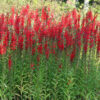
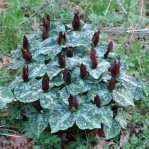
Hypericum calycinum – St. Johns Wort
Native/Non-native – Native
Hardiness Zone – 5-7
Sun – Full sun to partial sun
Moisture – Average to moist
Size – 15-18″ height x 24″ spread
Comments
* Profuse yellow flowers
* Widely used dependable ground cover
Description
Common Name: St. John’s wort
Culture
Easily grown in average, medium, well-drained soil in full sun to part shade. Tolerates wide range of soils. Thrives on sandy soils in full sun. Less floriferous in part shade. Evergreen in warm winter climates. Usually dies to the ground or suffers some tip dieback in cold winter climates, but blooms on new growth and comes back nicely each spring. In areas where it does not die in winter, shear or mow plants in late winter or early spring every 2-3 years to renew and induce new growth. Spreads rapidly by underground stems and can spread aggressively in ideal growing conditions. Plant 18″ apart for use as a ground cover.
Noteworthy Characteristics
A stoloniferous subshrub or shrublet, typically growing 12″ (less frequently to 18″) high and 24″ wide, which is frequently planted as a ground cover. Features large, rose-like, 5-petaled, yellow flowers (2-3″ diameter) having numerous, bushy stamens with reddish anthers. Flowers appear singly or in groups of 2-3 and cover the plant in summer. Oval to oblong, distinctively net-veined (from beneath) leaves (to 4″ long) are rich green in sun but are a lighter, yellowish green in shade. Four-angled stems are both procumbent and ascending. Sometimes commonly called Aaron’s beard or creeping St. John’s wort. Plants of the genus Hypericum (some species have been used since ancient times in the treatment of wounds) were apparently gathered and burned to ward off evil spirits on the eve of St. John’s Day, thus giving rise to the genus common name of St. John’s wort.
Problems
No serious insect or disease problems.
Garden Uses
Ground cover, rock gardens, border fronts, naturalized plantings. Also good for stabilizing embankments or hillsides. Good for planting under trees where it competes well with shallow tree roots. Allan Armitage calls this “one of the finest ground covers available.”


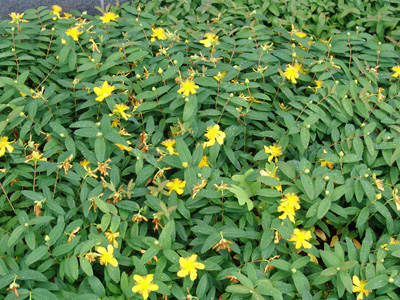

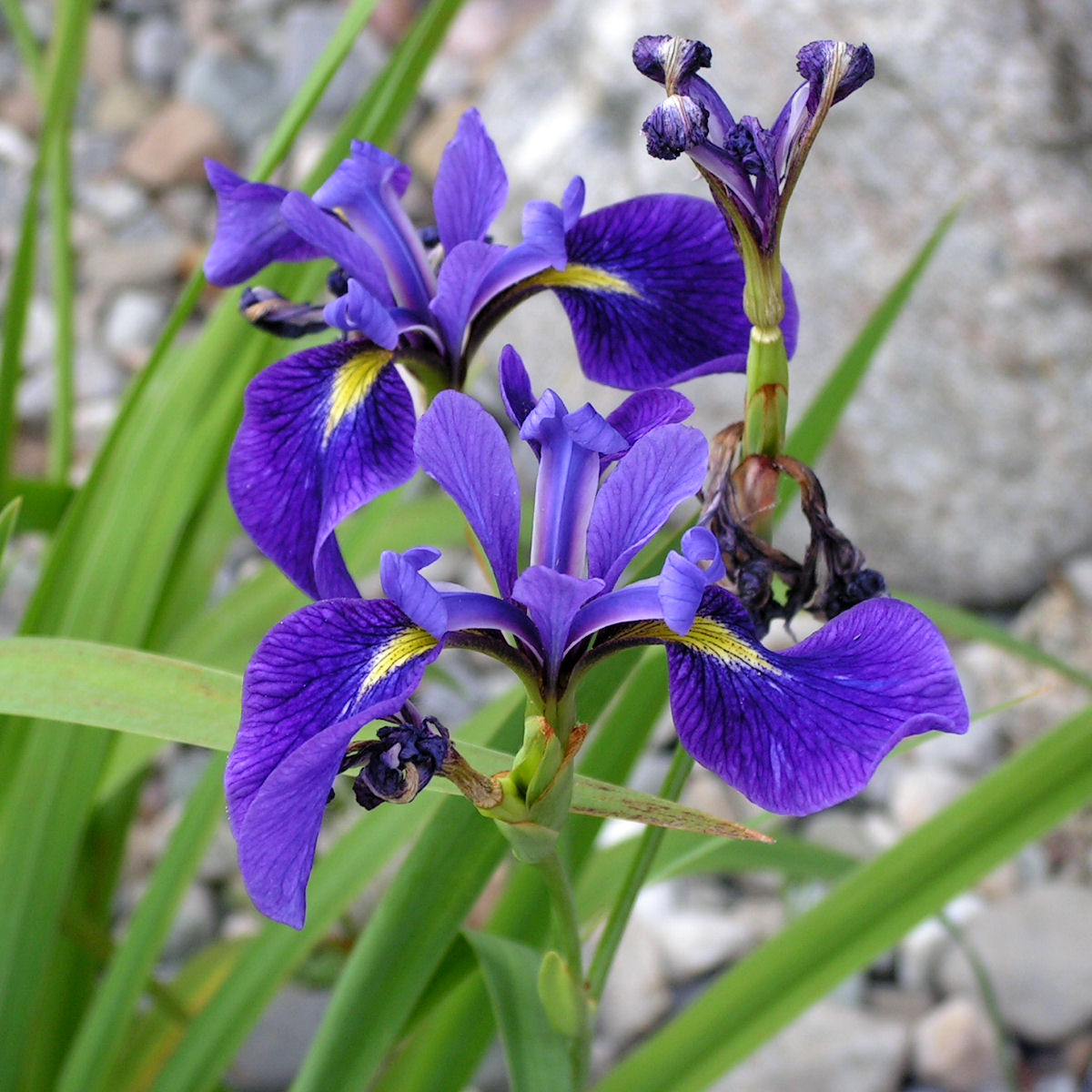




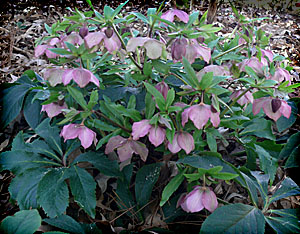


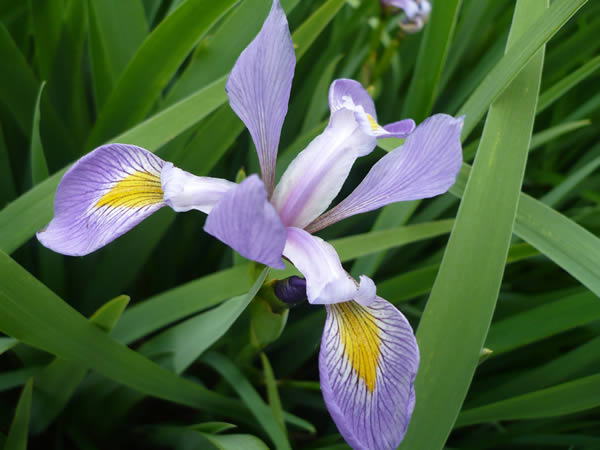


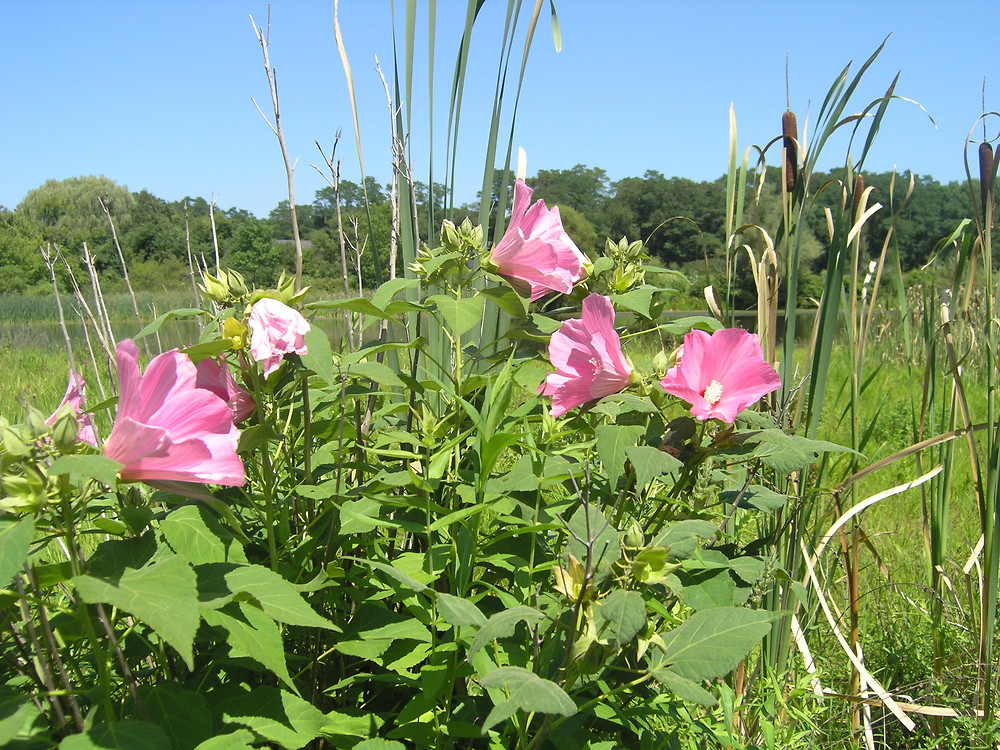
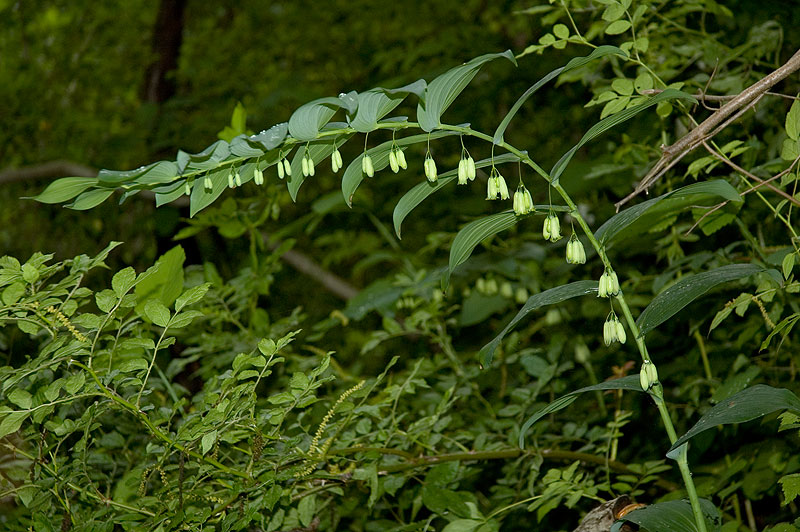
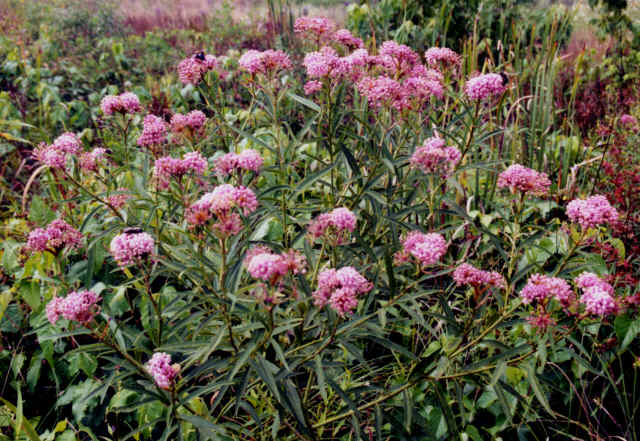
Reviews
There are no reviews yet.